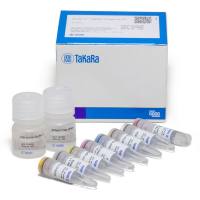Screening for Candidate Mutations Causing von Willebrands Disease (vWD)
互联网
562
von Willebrand factor (vWF) is a large, complex glycoprotein that exists in plasma and platelets, and is synthesized by megakaryocytes and endothelial cells. vWF plays an essential role in hemostasis in at least two ways. It is involved in platelet adhesion to the damaged vascular endothelium and also stabilizes factor VIII in plasma by acting as its carrier molecule. vWF has a multidomain structure, composed of multiples of four domain types A-D in the arrangement D1-D2-D′-D3-A1-A2-A3-D4-B1-B2-B3-C1-C2 (1 ). After initial synthesis, the protein is modified by post-translational processing of dimerization and multimerization and cleavage of the D1-D2 domain of the propeptide. The monomeric subunit of 220 kDa forms multimers of a range up to 20mDA. The different functions of vWF are assigned to different domains. The A1 domain is involved in binding of vWF to platelet glycoprotein 1b (GpIb), binding to fibrillar collagen, sulfatides, and heparin. The D3 domain is involved in the binding of factor VIII, while the binding of the platelet GpIIb-IIIa receptor is localized to the carboxy-terminal end of the C2 domain. A collagen binding site important in binding to collagen type III is present in the A3 domain.









